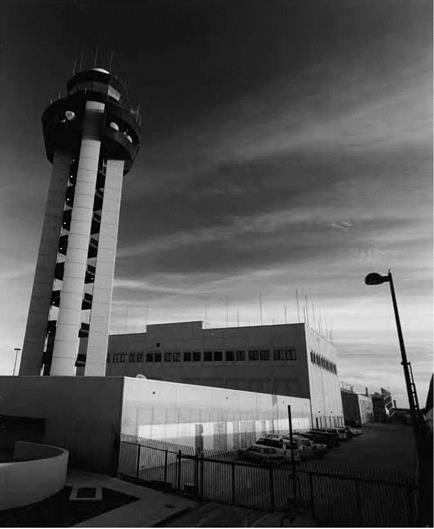Aviation Performance Measuring System: 1996
With the Aviation Safety Reporting System fully operational for two decades, NASA in 1996 once again found itself working with the FAA to gather raw data, process it, and make reports—all in the name of identifying potential problems and finding solutions. In this case, as part of a Flight Operations Quality Assurance program that the FAA was working with industry on, the agency partnered with NASA to test a new Aviation Performance Measuring System (APMS). The new system was designed to convert digital data taken from the flight data recorders of participating airlines into a format that could easily be analyzed.[222]
More specifically, the objectives of the NASA-FAA APMS research project was to establish an objective, scientifically and technically sound basis for performing flight data analysis; identify a flight data analysis system that featured an open and flexible architecture, so that it could easily be modified as necessary; and define and articulate guidelines that would be used in creating a standardized database structure that would form the basis for future flight data analysis programs. This standardized database structure would help ensure that no matter which data-crunching software an airline might choose, it would be compatible with the APMS dataset. Although APMS was not intended to be a nationwide flight data collection system, it was intended to make available the technical tools necessary to more easily enable a large-scale implementation of flight data analysis.[223]
At that time, commercially available software development was not far enough advanced to meet the needs of the APMS, which sought identification and analysis of trends and patterns in large-scale databases involving an entire airline. Software then was primarily written with the needs of flight crews in mind and was more capable of spotting single events rather than trends. For example, if a pilot threw a series of switches out of order, the onboard computer could sound an alarm. But that computer, or any other, would not know how frequently pilots made the same mistake on other flights.[224]
|
The FAA’s air traffic control tower facility at the Dallas/Fort Worth International Airport is a popular site that the FAA uses for testing new ATC systems and procedures, including new Center TRACON Automation System tools. FAA. |
A particularly interesting result of this work was featured in the 1998 edition of NASA’s annual Spinoff publication, which highlights successful NASA technology that has found a new home in the commercial sector:
A flight data visualization system called FlightViz™ has been created for NASA’s Aviation Performance Measuring System (APMS), resulting in a comprehensive flight visualization and
analysis system. The visualization software is now capable of very high-fidelity reproduction of the complete dynamic flight environment, including airport/airspace, aircraft, and cockpit instrumentation. The APMS program calls for analytic methods, algorithms, statistical techniques, and software for extracting useful information from digitally-recorded flight data. APMS is oriented toward the evaluation of performance in aviation systems, particularly human performance. . . . In fulfilling certain goals of the APMS effort and related Space Act Agreements, SimAuthor delivered to United Airlines in 1997, a state-of-the-art, high-fidelity, reconfigurable flight data replay system. The software is specifically designed to improve airline safety as part of Flight Operations Quality Assurance (FOQA) initiatives underway at United Airlines. . . . Pilots, instructors, human factors researchers, incident investigators, maintenance personnel, flight operations quality assurance staff, and others can utilize the software product to replay flight data from a flight data recorder or other data sources, such as a training simulator. The software can be customized to precisely represent an aircraft of interest. Even weather, time of day and special effects can be simulated.[225]
While by no means a complete list of every project NASA and the FAA have collaborated on, the examples detailed so far represent the diverse range of research conducted by the agencies. Much of the same kind of work continued as improved technology, updated systems, and fresh approaches were applied to address a constantly evolving set of challenges.











